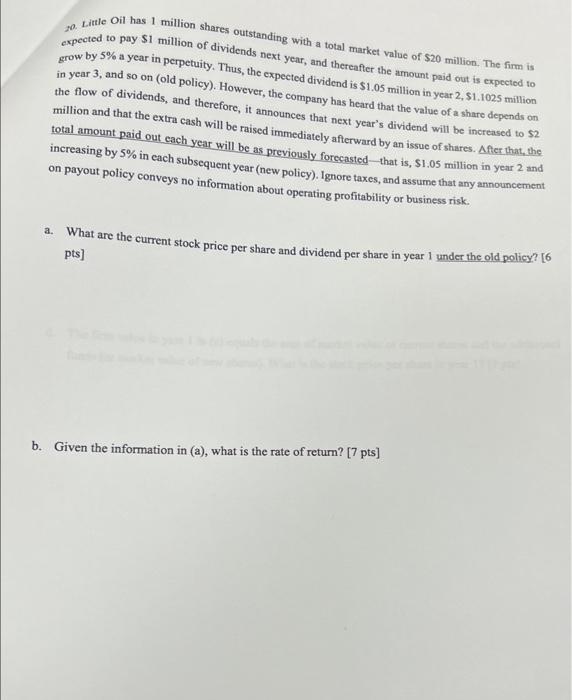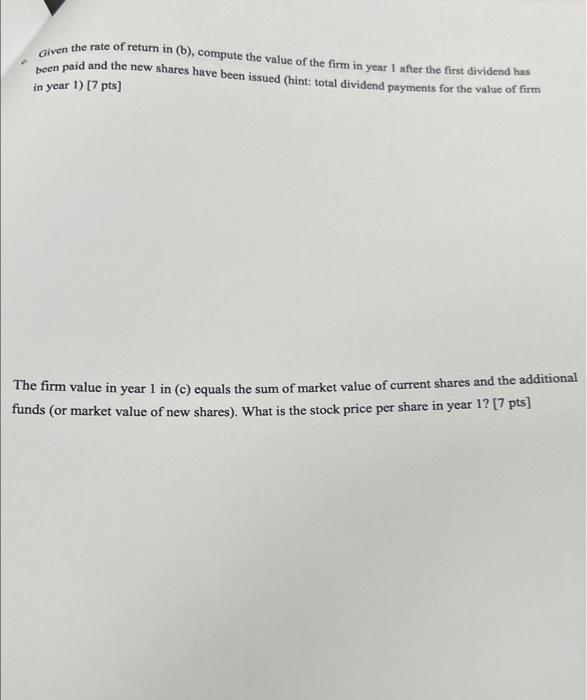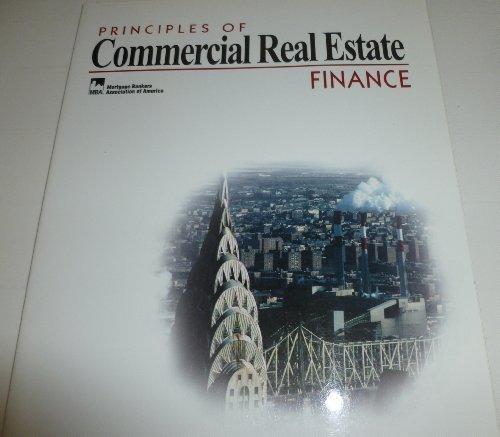20. Little Oil has 1 million shares outstanding with a total market value of $20 million. The firm is grow by 5% a year in perpetuity. Thus, the expected dividend is $1.05 million in year 2.51.1025 million pected to pay $1 million of dividends next year, and thereafter the amount paid out is expected to in year 3, and so on (old policy). However, the company has heard that the value of a share depends on the flow of dividends, and therefore, it announces that next year's dividend will be increased to $2 million and that the extra cash will be raised immediately afterward by an issue of shares. After that the total amount paid out each year will be as previously forecasted that is, $1.05 million in year 2 and increasing by 5% in cach subsequent year (new policy). Ignore taxes, and assume that any announcement on payout policy conveys no information about operating profitability or business risk. 2. What are the current stock price per share and dividend per share in year 1 under the old policy? [6 pts] b. Given the information in (a), what is the rate of return? [7 pts] Given the rate of return in (b), compute the value of the firm in year after the first dividend has been paid and the new shares have been issued (hint: total dividend payments for the value of firm in year 1) [7 pts] The firm value in year 1 in (c) equals the sum of market value of current shares and the additional funds (or market value of new shares). What is the stock price per share in year 1? [7 pts] 20. Little Oil has 1 million shares outstanding with a total market value of $20 million. The firm is grow by 5% a year in perpetuity. Thus, the expected dividend is $1.05 million in year 2.51.1025 million pected to pay $1 million of dividends next year, and thereafter the amount paid out is expected to in year 3, and so on (old policy). However, the company has heard that the value of a share depends on the flow of dividends, and therefore, it announces that next year's dividend will be increased to $2 million and that the extra cash will be raised immediately afterward by an issue of shares. After that the total amount paid out each year will be as previously forecasted that is, $1.05 million in year 2 and increasing by 5% in cach subsequent year (new policy). Ignore taxes, and assume that any announcement on payout policy conveys no information about operating profitability or business risk. 2. What are the current stock price per share and dividend per share in year 1 under the old policy? [6 pts] b. Given the information in (a), what is the rate of return? [7 pts] Given the rate of return in (b), compute the value of the firm in year after the first dividend has been paid and the new shares have been issued (hint: total dividend payments for the value of firm in year 1) [7 pts] The firm value in year 1 in (c) equals the sum of market value of current shares and the additional funds (or market value of new shares). What is the stock price per share in year 1? [7 pts]








